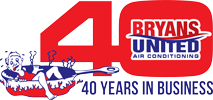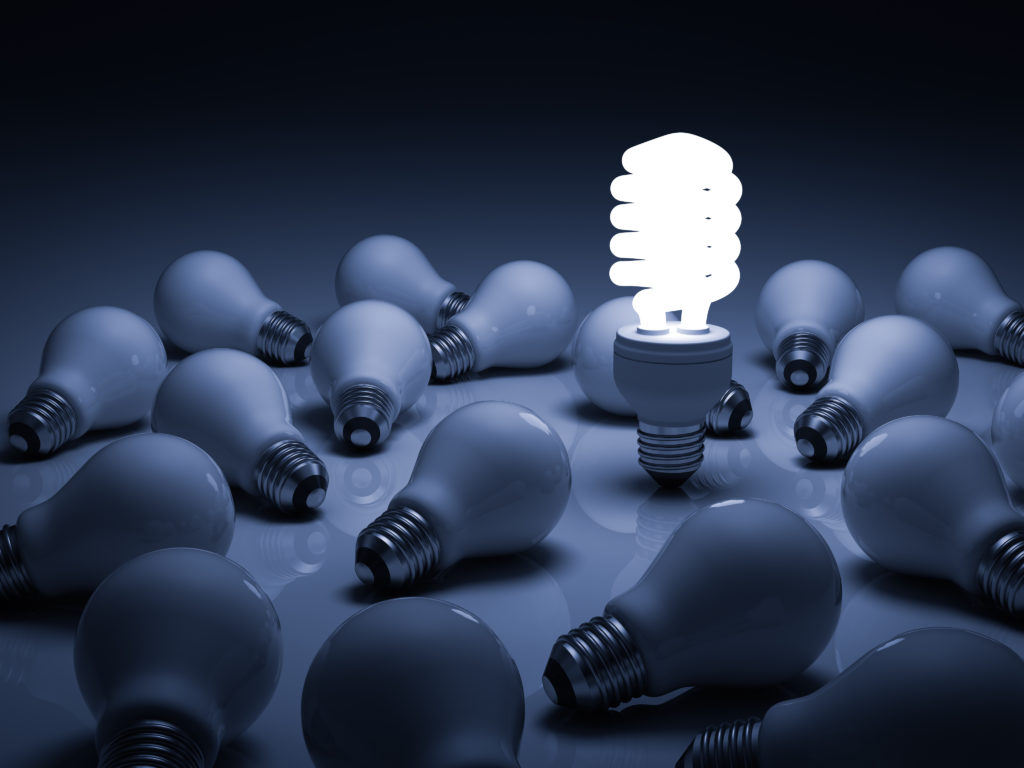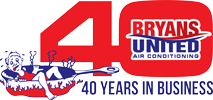Improved technology and potential tax cuts have started a craze among homeowners to turn to energy-efficient alternatives. With the ENERGY STAR logo, you know that you can cut your energy bill while still providing a comfortable temperature in your St. Charles, Louisiana, home. However, changing over to ENERGY STAR products or upgrading to more efficient products isn’t always the answer, and there are many pitfalls. If you’re looking for ways to improve the efficiency of your home, make sure to avoid these energy efficiency snags.
Improperly Sized HVAC Units
Even if you opt for an HVAC unit with the ENERGY STAR logo, that doesn’t mean you don’t have to select the correct unit for your home. The general rule here is that bigger isn’t better. While it’s true that an oversized furnace or air conditioner will keep the home warm or cool, it does so at a cost, both monetarily and in comfort. Large units tend to heat or cool the home unevenly, making certain areas uncomfortable in comparison to the rest of the home.
Additionally, oversized units wipe out the energy savings of the ENERGY STAR brand. Because they have to cycle on and off frequently, they become far less efficient and ruin any of the potential savings you’d hoped to achieve. Cycling off and on also drastically reduces the lifespan of the system, causing you to buy a new one far sooner than you’d anticipated.
Undersized HVAC units also pose problems, but they aren’t nearly as disastrous as those associated with an oversized unit. You may find that these units run constantly, yet they don’t meet the comfort levels in all areas of your home. This isn’t always a problem, especially if you use a programmable thermostat or smart thermostat to control your home’s temperature. However, it could pose problems on days when it gets exceptionally hot or cold.
To this effect, it’s best to pick an HVAC unit that’s properly sized for your home. Our technicians can help calculate the load for your system, which allows you to select the perfect unit.
Sealing the Home Too Tightly
One of the biggest problems that seems counterintuitive is sealing your home too tightly. In nearly every aspect of HVAC, the idea is to prevent leaks and drafts at any cost. However, newer energy-efficient doors, windows, and other sealants are preventing air from entering and exiting the home naturally. This doesn’t allow natural ventilation, which leads to a number of problems.
The foremost concern of sealing the home too tightly is that it greatly impacts indoor air quality. Because the air cannot escape, it becomes stale, stagnant, and worse to breathe in because of the increased amount of dust and debris. In addition, stale air doesn’t allow HVAC units the air they need for proper combustion. Both of these eventually counteract the effects of better home sealing.
To counteract this problem, make sure to open your windows and let in some fresh air every now and then.
Switching to Efficient Lighting
Incandescent bulbs are almost entirely a thing of the past as government regulations cause manufacturers to focus on halogen, CFL, and LED lights. While switching to these may save you money over time, you should look at other factors before spending hundreds on these bulbs. The break-even point of most of these bulbs compared to incandescents is between 2 to 4 years, so if you’re planning on leaving your home or business any time soon, it isn’t worth it.
Ignoring Your New System
Just because you have a new, energy-efficient product in your home, doesn’t mean you should ignore proper maintenance. These units still need an annual tuneup and inspection to make sure they run properly. Early detection of problems helps you save money on energy bills and maintenance.
When it comes to making your home more energy-efficient, not everything is the perfect solution. However, Bryans Air United is always there when it comes to retrofitting your home with beneficial products. If you’ve weighed your options and want to upgrade, call us today at 504-208-2071.
Image provided by Shutterstock


